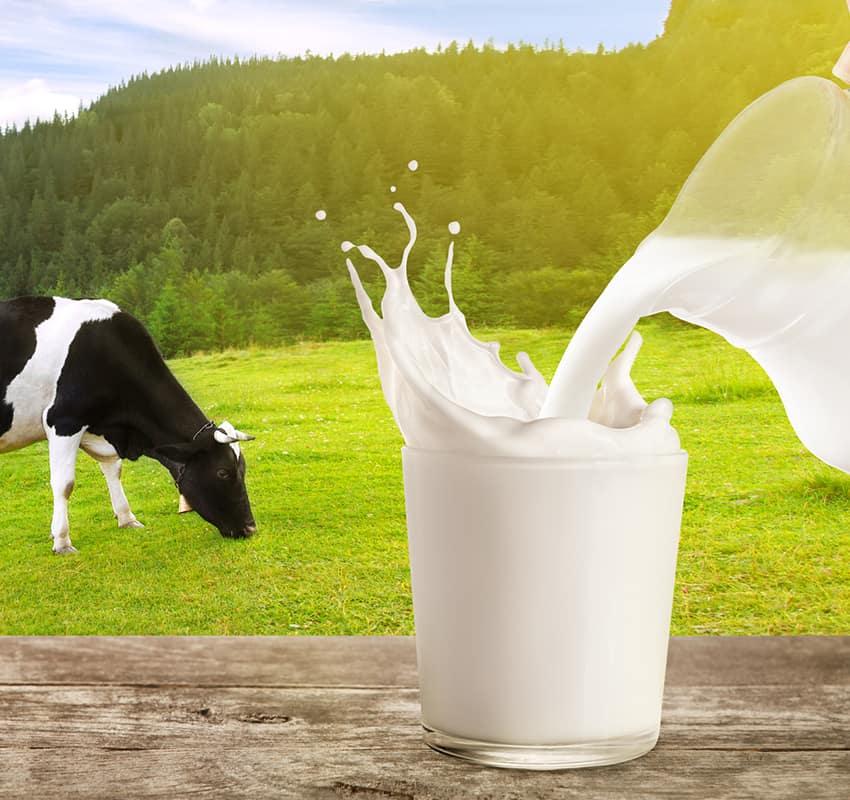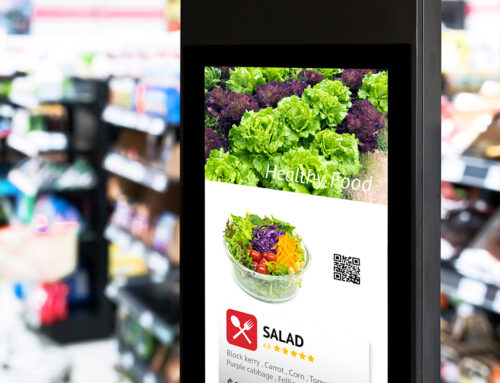Milk Advertising
If you’re a brand with a milk product to market, there are some key steps to take to ensure you are investing in the right kind of advertising practices.
Introduction to the Industry
Milk advertising has a rich and dynamic history, closely tied to the evolution of the dairy industry and changing consumer preferences. From the early days of dairy farmers delivering fresh milk in glass bottles to the rise of national brands and mass marketing, the story of selling milk is one of adaptation and innovation. The American Dairy Association and other industry groups have long played a leading role in promoting dairy products, working alongside the federal government to encourage milk consumption, especially during times of national need like World War II and the Great Depression.
As the market for dairy products expanded, so did the competition. The rise of plant based milk alternatives, such as almond, soy, and oat milk, has challenged traditional dairy milk brands to rethink their advertising strategies. Meanwhile, the popularity of soft drinks and other beverages has led to a decline in milk consumption, prompting the dairy industry to launch creative ad campaigns to convince consumers to drink milk. From classic print ads on milk cartons to modern digital marketing, the industry continues to evolve, using new taglines and branding concepts to stay relevant in a crowded market.
Despite these challenges, dairy advertising remains a powerful force, shaping the way consumers view milk and dairy products. By leveraging the power of storytelling, health messaging, and strategic partnerships, the industry has managed to keep milk a staple in American households, even as tastes and trends shift.
Role of the California Milk Processor Board
The California Milk Processor Board (CMPB) has been a game-changer in the world of dairy advertising. Established in 1993, the board was created to boost milk sales in California by uniting milk processors under a single, powerful marketing effort. Their mission: to make drinking milk cool again and to remind consumers of the essential role dairy milk plays in everyday life.
The CMPB is best known for launching the iconic “Got Milk?” ad campaign, developed in partnership with the renowned advertising agency Goodby Silverstein & Partners. This campaign, featuring celebrities and everyday people sporting the famous milk mustache, quickly became a cultural phenomenon. The simple yet memorable slogan helped reposition milk as a must-have beverage, especially when eating sticky foods like a peanut butter sandwich or enjoying breakfast cereal. The campaign’s success led to nationwide adoption, with the Milk Processor Education Program and the American Dairy Association rolling out similar ads across the country.
By focusing on relatable moments, like running out of milk at the worst possible time,the California Milk Processor Board managed to connect with consumers on an emotional level. Their creative use of television ads, print ads, and even humorous commercials like the “Aaron Burr” spot, helped drive home the message that milk is an essential part of daily life. The board’s efforts not only increased milk sales in California but also set a new standard for dairy advertising, inspiring other milk processors and dairy farmers to invest in bold, memorable ad campaigns.
Today, the CMPB continues to innovate, exploring new taglines and concepts to keep milk relevant in a changing market. Whether it’s addressing the rise of plant based milk or launching playful campaigns like “Wood Milk,” the board remains at the forefront of dairy advertising, proving that a great ad campaign can do more than just sell milk—it can shape an entire industry.
How to Properly Advertise Milk
Targeted marketing involves advertising to very specific demographics through very specific blogs and web pages. Successful milk advertisements have historically shaped public perception and boosted sales, making strategic ad placement crucial.
In the case of milk, throwing out a wide net of generalized advertising may not be as lucrative as one may think. When it comes to any kind of food advertising, it’s important to meet grocery buyers where and when they want your products.
For example, a foodie may be thinking about making a dish for an upcoming party. They aren’t necessarily thinking about milk in this instance. Just as well, some of the initial recipe pages they look at may not call for milk. So why would an advertiser bother advertising a milk product if the reader has no use for it?
In this specific instance, that milk ad should be placed on a recipe page for a milk-based recipe. If the prospective customer decides that they want to follow that recipe, they’ll see your ad as an opportunity to purchase high-quality milk for the recipe. This is an example of a targeted advertising campaign designed to reach the right audience at the right time.
Unfortunately, lots of food brands get this wrong when it comes to advertising. Understanding your customers and their needs is essential for effective marketing. The spray and pray approach by placing ads on random blogs and websites that are not relevant might work in the short term but not for long term sustainable brands. The smart way to advertiser milk is by placing ads on pages that involve milk, particularly on recipe pages, which is called contextual advertising.
Effective advertisements talk directly to the audience, engaging them and influencing their purchasing decisions.
Beyond Milk: Effective Advertising for the Full Range of Dairy Products
Milk Advertising can include a wide range of products and product types outside of just plain old milk. These include:
- Yogurt
- Cheese
- Ice cream, frozen yogurt, and other frozen milk-based desserts
- Vegan or plant-based milk like almond milk, soy milk, cashew milk, etc.
- Butter
- Milk-based protein such as whey powder
- Lactose supplements
- Horchata
- Other milk-based novelties
So how can a food brand begin advertising milk in a way that brings in genuine leads? It all starts with target marketing.
Breakfast, Brunch, and Coffee Recipe Targeting
We’ve established how valuable target advertising is when it comes to advertising milk. When it comes to recipe targeting for milk products, the three main options that are the most lucrative are breakfast, brunch, and coffee recipe marketing.
The following are some food advertisement examples that demonstrate the versatility of milk as an ingredient. Let’s take a look at some examples.
Milk is one of the most common ingredients found in breakfast dishes. For breakfast marketing, placing milk ads on the following recipes could bring in a substantial amount of leads:
- Cod and potatoes in milk
- Baked herb custard
- Milk waffles
- Mushroom and bacon lasagna
- Breakfast casserole with eggs, milk, potatoes, cheese, and sausage
- Homemade Eggs Benedict
- Traditional breakfast quiche with whole milk and mushrooms
- French toast
- Breakfast strata
- Breakfast quinoa
- Overnight oats with almond milk and chia seeds
- Southern white gravy
- Buttermilk beignets
- Traditional whipped and scrambled eggs
- Baked eggs with coconut milk
- Crêpes
- Bread pudding
Milk is a staple ingredient in many brunch dishes. For brunch marketing, placing milk ads on the following recipes could bring in a substantial amount of leads:
- Milk jelly with fruit
- Milk and fruit popsicles
- Custard cream pie
- Strawberry milkshakes
- Beef stroganoff
- Dulce de leche
- Mac and cheese
- Milk pie
- Old fashioned sugar pie
- Coconut milk curry
- Creamed corn
- Cast-iron pan cornbread
- Green bean casserole
- Au Gratin
- Alfredo sauce
Milk and coffee go together like bread and butter. For coffee marketing, placing milk ads on the following recipes could bring in a substantial amount of leads:
- Almond milk espresso float
- Cashew milk mocha
- Cinnamon chocolate iced cappuccino
- Minimalist brewed ice cafe latte
- Cappuccino frost
- Coffee jelly with ice cream
- Coffee-vanilla frappuccino
- Frozen mochaccino
- Honey cinnamon iced latte
- Coffee cake
- Mocha truffles
- Tiramisu
- Eggnog coffee
- Coffee-flavored flan
- Coffee parfait
- Irish cream











